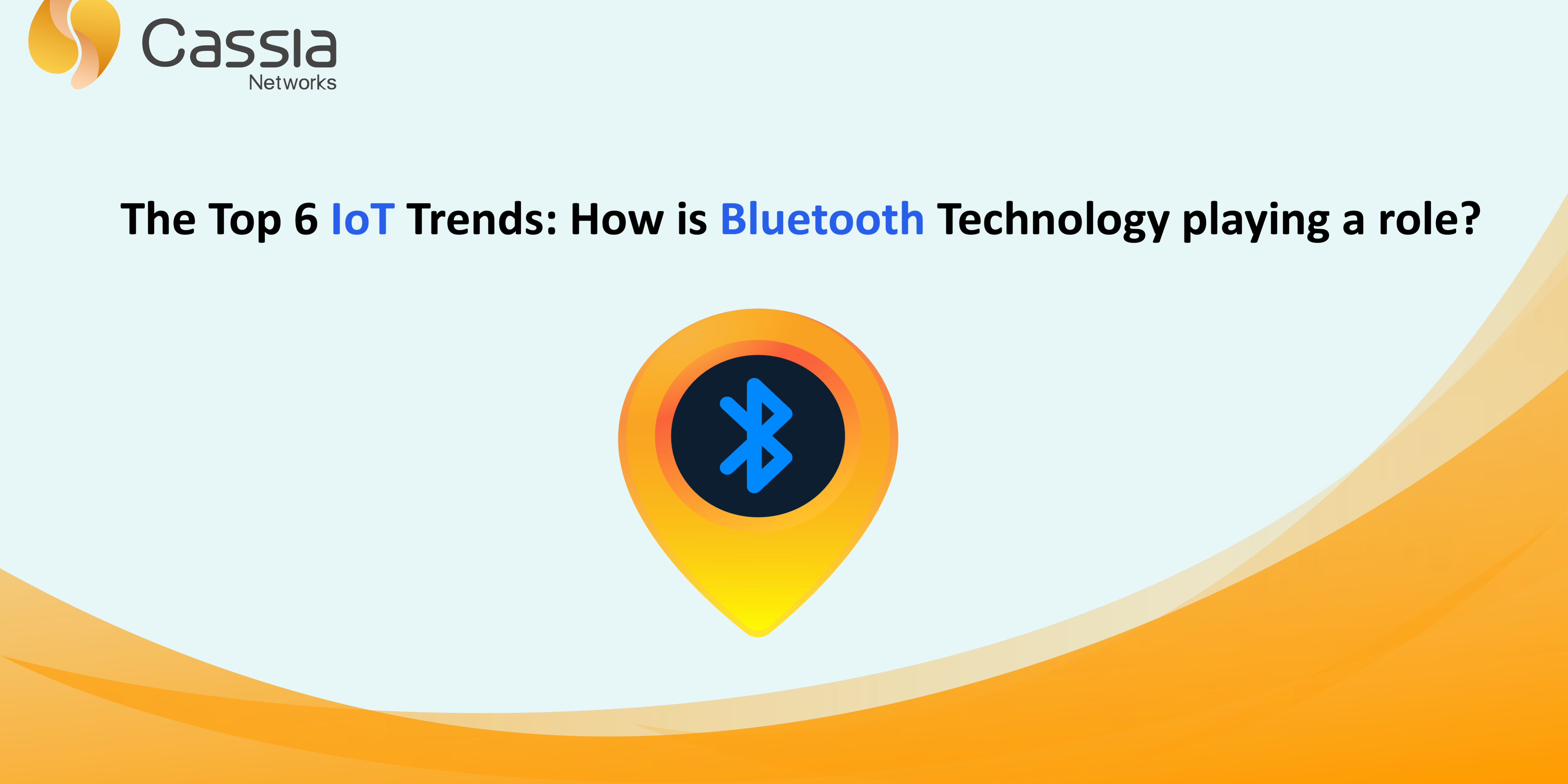The Internet of Things (IoT) has seen incredible growth in a very short period. Smart devices are still ubiquitous in both business and consumer sectors, and this growth shows no signs of stopping.
Below are the 6 significant trends that are shaping the IoT:
1. The Internet of Medical Things (IoMT) continues to grow
The Coronavirus pandemic has boosted the adoption of the Internet of Medical Things (IoMT) and increased the need for hands-free medical technology for hospitals and in-home use. In 2021 alone, an estimated 64% of U.S. households reported using these services, and 43% of those households said they would like to continue using them after the pandemic. These are signs that IoMT will continue to grow in 2022.
Wearable health monitors such as blood glucose monitors and blood pressure monitors will become more commonplace to expand home care. More hospitals will use IoT connectivity to track resources and make remote appointments. These trends will continue to grow even as the pandemic subsides, making healthcare more accessible for all.
2. Data safety remains a major priority
As the Internet of Things has grown in popularity, its security flaws have become more of a concern. As more IoT devices are developed and cybercrime increases, many organizations are implementing stronger security protocols to safeguard sensitive data. We can expect to see security in IoT become a major priority for organizations.
3. 5G will continue to drive the growth of the Industrial Internet of Things (IIoT)
The Industrial Internet of Things (IIoT) is one of the most promising use cases. From condition monitoring to predictive maintenance, the applications are becoming more widespread. However, current network bandwidths are becoming limited and high latency can limit its implementation. In 2022, we can expect to see the growth of 5G to help overcome these network challenges.
According to various reports, the number of connected devices is predicted to reach 48 billion, which will push the limits of existing networks. 5G’s faster speeds, lower latency, and higher bandwidth will allow industrial facilities to expand the IIoT to more areas. As a result, the entire factory can become a cohesive, interoperable unit improving overall business operations and efficiency.
4. IoT provides supply chain resilience
Supply chain disruptions negatively impacted most businesses in 2020 and 2021. To minimize disruptions, the majority of organizations are applying IoT connectivity to their logistics operations. For example, remote asset tracking provides a holistic view and real-time data needed to predict disruptions before they happen to respond accordingly.
Similarly, data from these wireless devices can be fed into intelligent algorithms to provide actionable insights. These features will make supply chains more resilient, which would not have been possible without a broader IoT implementation.
5. The growth of edge computing
As IoT networks grow, they will pave the way for another inevitable modernization: edge computing. Edge computing involves processing data closer to its source rather than sending it long distances to be processed by a remote server. This solves many important challenges, one of them being latency. Latency is created when data has to travel long distances but with edge computing, latency is significantly reduced.
Second, IoT advancements in security and processing power will make edge computing more reliable and easily scalable.
6. Bluetooth wearables gaining strong momentum
Smart wearables are one of the most popular consumer IoT segments, a trend that will continue to grow in 2022. Most common are smartwatches and fitness trackers, but connected wearables are becoming more diverse. Examples include smart rings, smart glasses, and connected fabrics such as apparel, which will grow rapidly this year.
From smart home appliances to health sensors and medical innovations, Bluetooth technology connects billions of everyday devices and enables countless device inventions and use cases. New forecasts from the 2022 Bluetooth Market Update show approximately 5.1 billion annual Bluetooth device shipments in 2022 alone. Greater awareness of personal health, wellness and fitness monitoring, coupled with an increase in telehealth requirements during the pandemic, is driving the growth in wearables shipments.
According to the Centers for Disease Control (CDC), the number of telehealth visits increased by 50% in the first quarter of 2020. This is a result of greater demand for remote monitoring and early detection of health-related issues and health wearables used to monitor vital signs, track exposure and allow the integration with telehealth services.
Bluetooth technology is connecting everything
The ever-expanding categories of connected devices using Bluetooth ensures that this technology remains the number one technology for the Internet of Things. The widespread use of Bluetooth technology has demonstrated that anything can be a connected device, and the ability to collect data and turn used this information provides additional value for both businesses and consumers.








